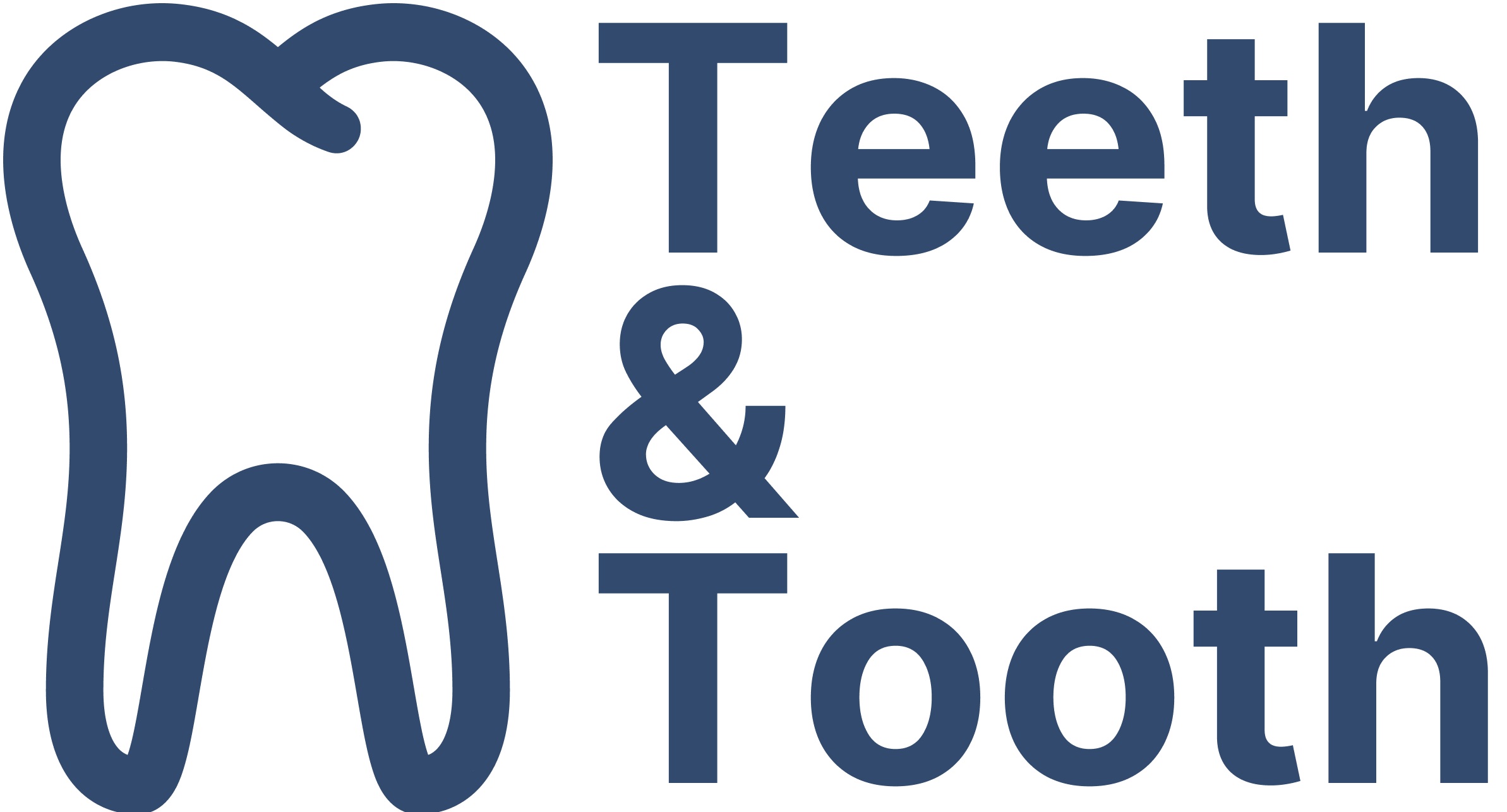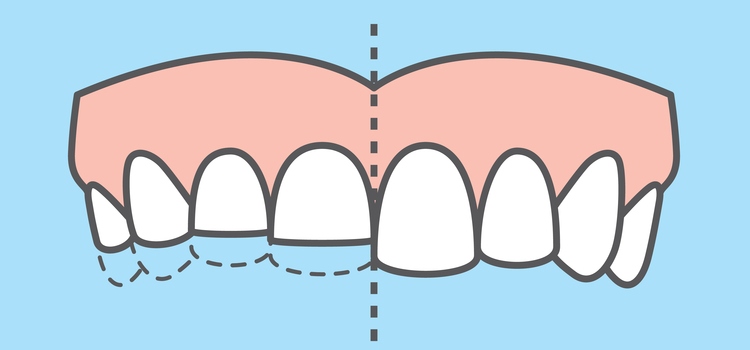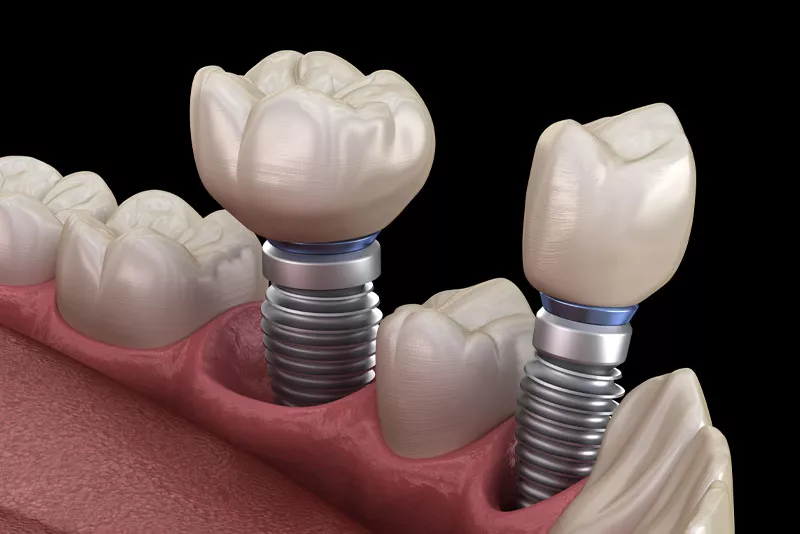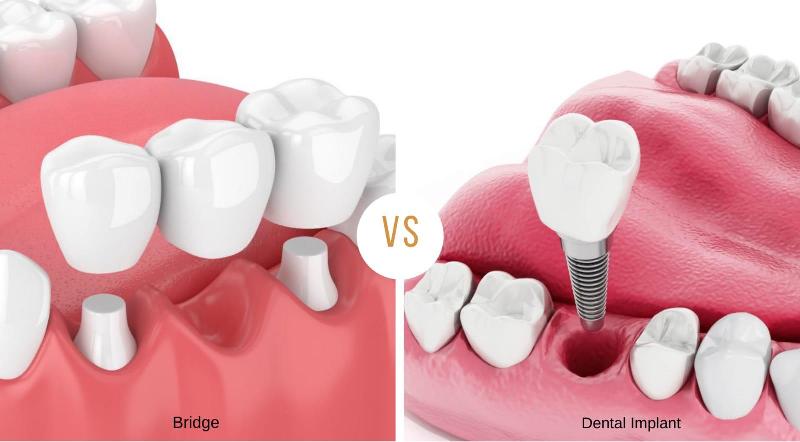You know how your teeth are supposed to grow in a certain way and at a specific time? Well, sometimes, they decide to do their own thing and grow in a different direction. This is known as abnormal tooth eruption, or abnormal eruption.
It is like teeth taking a detour when they’re supposed to follow a straight path. Think of it like this: Imagine your wisdom teeth showing up late to the party, or a tooth trying to squeeze into a spot where it doesn’t fit. These dental surprises can lead to problems such as malocclusions, discomfort, and aesthetic concerns, turning what should be a seamless and natural process into a unique and challenging journey for you.
In the rest of this article, we will take a deep dive in to the various aspect of abnormal eruption, including why it happens, what it can mean for your dental health, and how dentists and orthodontists can help get things back on track for you.
Causes of Abnormal Tooth Eruption
Abnormal eruption can be caused by a myriad of factors, disrupting the typical pattern of tooth emergence in the oral cavity. Let’s take a closer look at these culprits and shed light on the fascinating and sometimes surprising reasons behind abnormal tooth eruption.
Lack of Space: In many cases, abnormal tooth eruption occurs because there simply isn’t enough room in the jaw for all the teeth to emerge properly. The human jaw has a finite amount of space, and when there’s overcrowding, teeth may push against each other, leading to misalignment. The most common example is none other than the impaction of wisdom teeth. When impaction happens, the wisdom teeth is unable to emerge properly from the gum and this can lead to a wide range of problems including pain and pressure on neighbouring teeth.
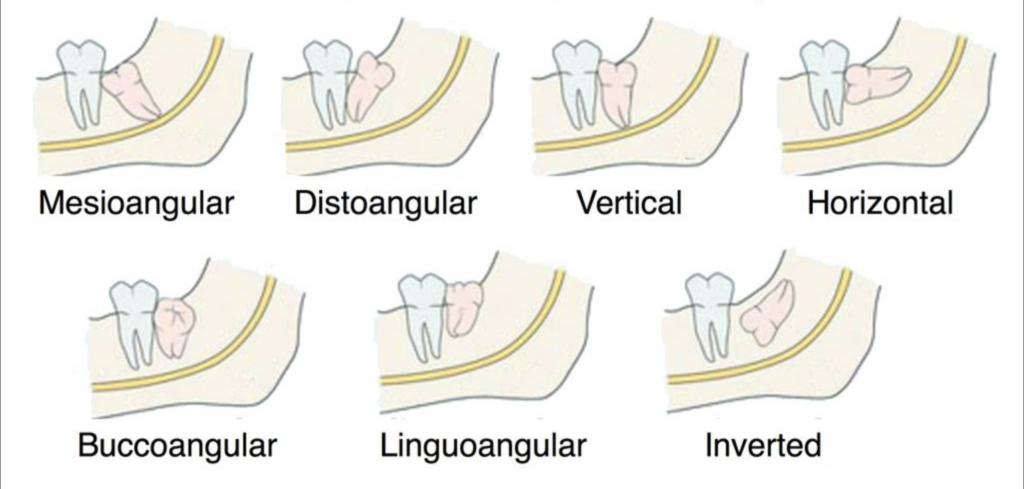
Genetics: Genetics can play a significant role in how a teeth erupts. Some individuals inherit a genetic predisposition to certain dental conditions that affects the positioning of the tooth as well as the eruption of it. This genetic influence can lead to crowded or misaligned teeth.
Supernumerary Teeth: Occasionally, people develop extra teeth, known as supernumerary teeth. These additional teeth can disrupt the normal eruption pattern, causing crowding, misalignment, or impaction.
Dental Anomalies: Dental anomalies like fused or geminated teeth (teeth that are joined together) can interfere with the proper eruption of adjacent teeth. Another anomaly is an ankylosed tooth where the root of a tooth is permanently connected to the jaw and cannot move. These anomalies, which can occur in both primary (baby) teeth and permanent teeth, are typically due to developmental issues during tooth formation.
Obstructions: Physical obstructions in the mouth, such as cysts, tumors, or thickened gum tissue, can prevent teeth from emerging in the right direction. Essentially, these obstructions create barriers that the teeth can’t push through and are forced to grow in an unnatural direction.
Systemic Factors: Certain medical conditions or systemic factors can influence tooth eruption. For instance, nutritional deficiencies or hormonal imbalances can lead to can result in improperly formed primary teeth, which can subsequently affect the development of the permanent teeth.
Medications: Some medications, particularly antiepileptic drugs and certain cancer treatments, can affect tooth eruption by disrupting the normal development of teeth or altering their positioning.
Understanding the different causes of abnormal eruption is crucial to dentists and orthodontists in diagnosing and developing a tailored treatment plan to guide the teeth into their correct position and ensure a healthy and aligned smile. That said, early detection and intervention are key to managing these conditions and preventing potential dental problems from emerging down the road.
Symptoms of Abnormal Tooth Eruption
Abnormal tooth eruption can manifest through various symptoms and signs, depending on the specific nature and cause of the eruption disturbance. Here are some common symptoms and indicators that may suggest abnormal tooth eruption:
- Delayed Eruption: The development and eruption of teeth typically follow a predictable timeline. When a tooth significantly lags behind its expected eruption time, it can be a sign of abnormal tooth development. Delayed eruption can occur for various reasons, including genetic factors or underlying dental issues.
- Swelling and Inflammation: Inflammation of the gum tissue surrounding an erupting tooth is a common sign of abnormal eruption. The gum tissue may become red, swollen, and tender.
- Pain or Discomfort: Abnormal tooth eruption can lead to pain or discomfort due to the inability of the tooth to emerge properly. This places pressure on surrounding tissues as well as impaction against other teeth, leading to extreme pain for in many cases.
- Headaches and Jaw Pain: Abnormal eruption can influence the alignment of the jaw, leading to headaches and jaw pain. This is more common when there is abnormal eruption of the molars, particularly the third molars (also known as the wisdom teeth).
- Gum Abscess: An abnormal eruption can also lead to a gum abscess. This occurs when bacteria become trapped in the space between the partially erupted tooth and the gum tissue, causing infection, swelling, and pus formation.
- Visible Irregularities of the Teeth: Teeth that do not emerge in their proper positions can result in visible irregularities. For instance, if a tooth emerges at an unusual angle or is partially covered by gum tissue, it may appear misaligned or out of place. It is possible that these irregularities can happen and yet not cause any pain or dental complications.
- Speech Problems:Abnormal eruption of the tooth, especially when it affects front teeth, can lead to speech difficulties as it maybe inteferring with proper tongue movement during speech. If you are experiencing some difficulties with your speech, it is signs that your teeth is misaligned or partially erupted.
It is important to be aware of the symptoms and seek professional dental care if you suspect that you are suffering from abnormal teeth eruption. A dentist or orthodontist will perform a physical evaluation of your dentition, diagnose the underlying cause, and address the situation with a treatment plan. Early intervention is key to preventing complications associated with abnormal tooth eruption, before the damage becomes permanent.
Treatment for Abnormal Tooth Eruption
Depending on the nature and severity of the abnormal eruption, different treatment plans will be required. It requires a careful evaluation by dentists and orthodontists to determine the most appropriate course of action.
When there is delayed eruption or a missing teeth, a space maintainer may be used to prevent adjacent teeth from drifting into the vacant space. This helps ensure there is enough room for the permanent tooth to emerge correctly.
For less severe cases such as misalignment, orthodontic intervention is the go-to treatment. The intervention usually involves the use of orthodontic devices such as braces and clear aligners to carefully guide the teeth of concern into its correct position. This method is highly effective for addressing issues related to overcrowding or teeth that have partially erupted.
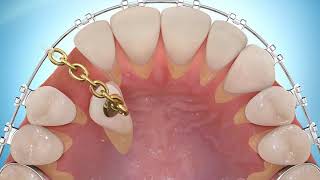
When the teeth is hidden and unable to get into the correct position, a dental procedure known as “Exposure and Bonding” is conducted. This involves a simple surgical procedure to remove the gum and expose the hidden tooth underneath. Once exposed, a chain is tied to the exposed tooth on one end, and an orthodontic arch wire to the end. Over the next few months, the tooth is gently pulled by the chain into its correct position.
In more complicated cases such as severe impaction of the wisdom teeth, or when there is a risk to adjacent teeth, extraction becomes necessary. This involves the extraction of the affected tooth or teeth to prevent any further complication. Wisdom teeth, which are often impacted, are commonly extracted.
In more complex cases where the abnormal eruption affects the jaw’s overall alignment, orthognathic surgery may be necessary. This surgery is typically carried out by oral and maxillofacial surgeons who specialize in procedures involving the jaw and face. Orthognathic surgery is a complicated procedure, and is considered when orthodontic treatment alone cannot adequately address the underlying jaw and bite problems.
Closing Thoughts
In this article, we have explore how things like genetics, nutrition, and pain can be signals that something’s not right with our teeth.
But as we’ve learned, with the skilled guidance of dental professionals, treatments such as orthodontic interventions, surgical procedures, and specialized dental devices offer solutions to restore proper alignment, function, and aesthetics.
The key takeaway is that early detection and timely intervention are essential. Regular dental check-ups play a pivotal role in identifying and addressing issues before they become more complex and challenging to manage.
